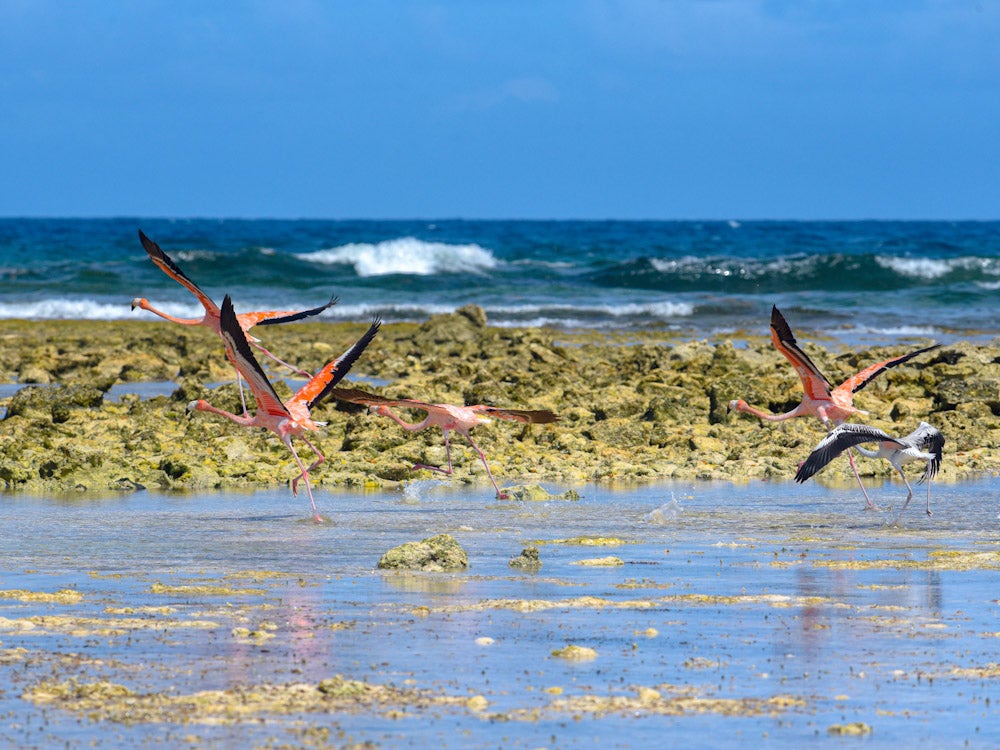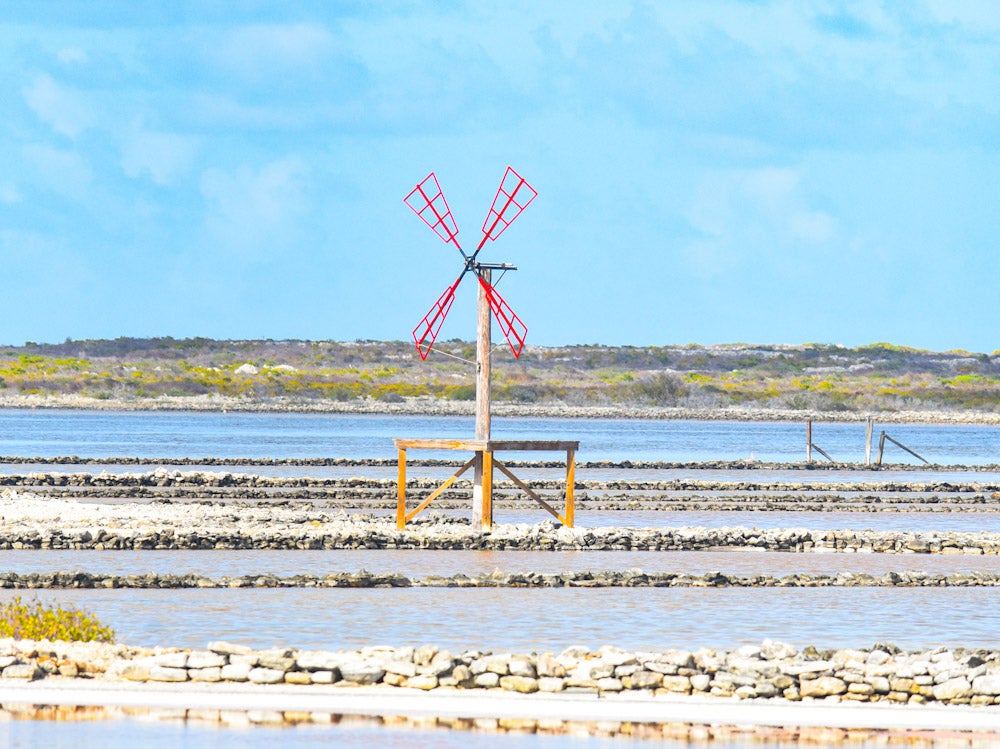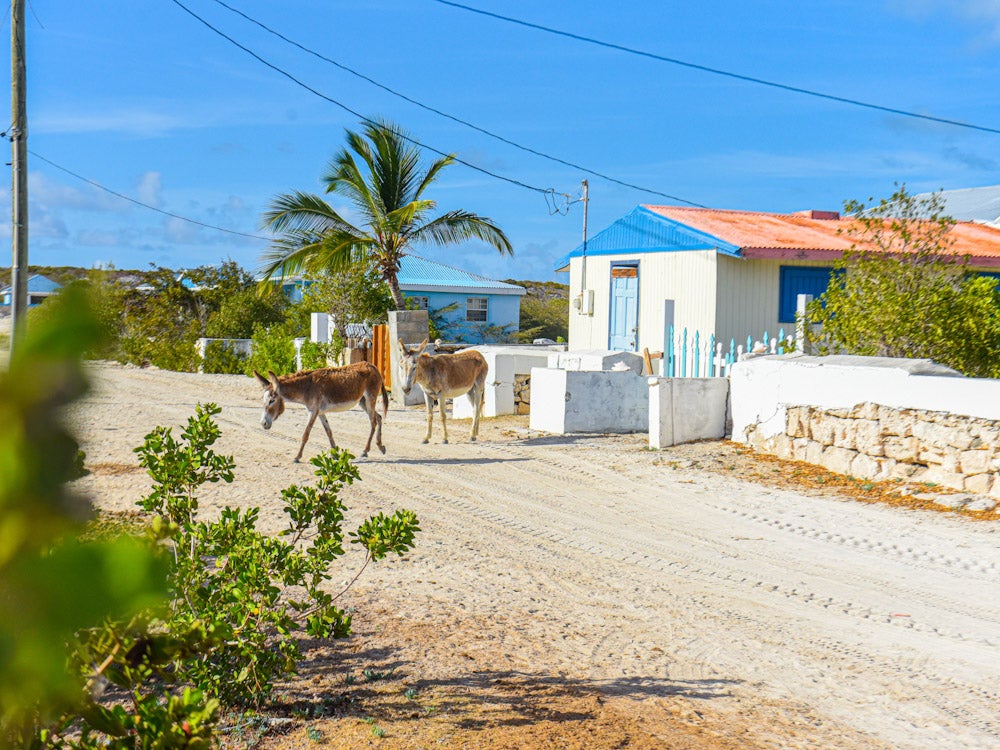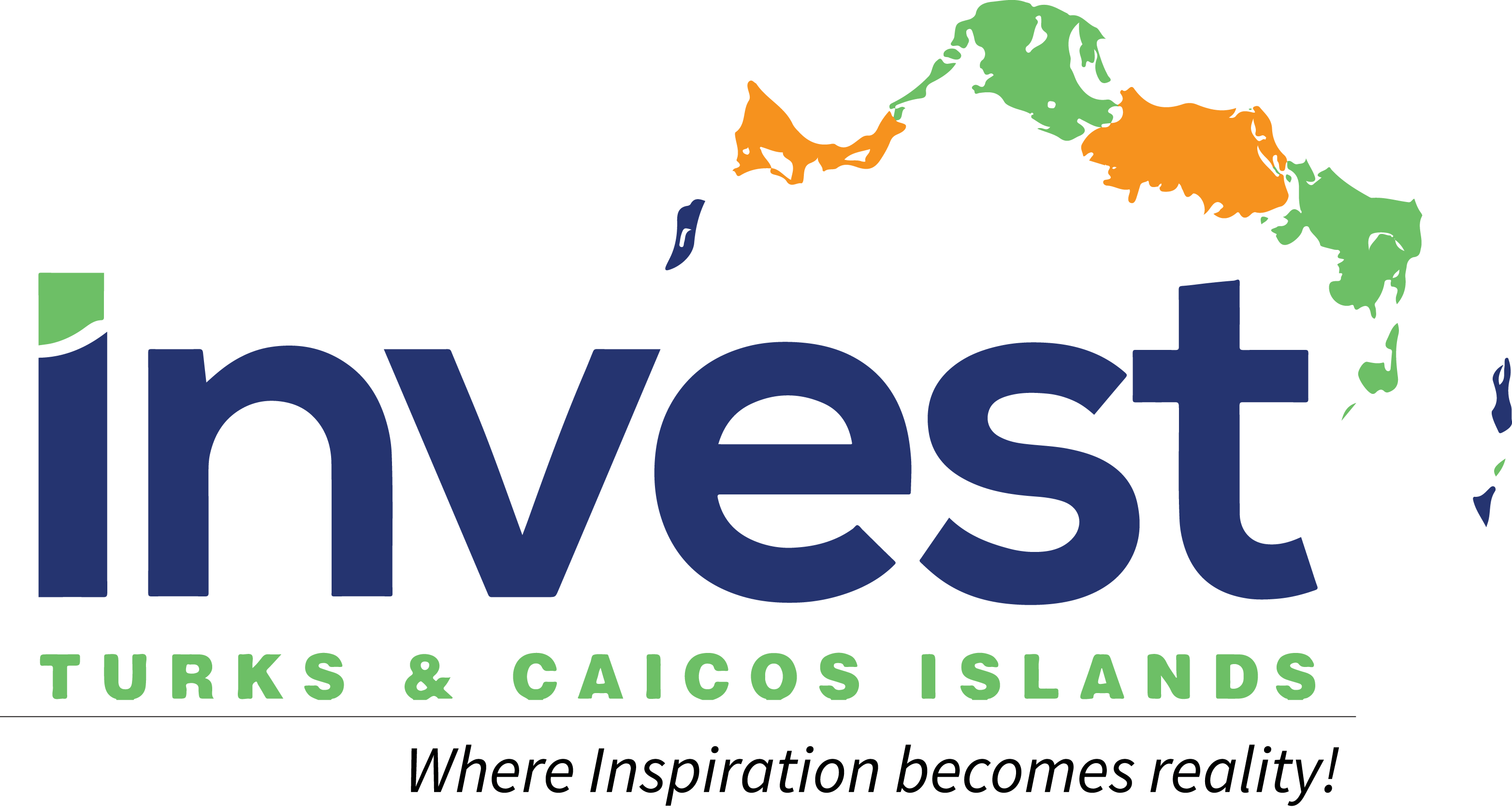
Wellness tourists seeking an idyllic environment that offers slow-paced relaxation should look no further than the quaint island of Salt Cay within the Turks and Caicos Islands.
With just 108 residents and a landmass of 2.6 square miles, this small island is the perfect backdrop for a wellness resort. Visitors can get back to nature and leave their stresses behind within the charms of Salt Cay with its white-sand beaches and clear blue seas. This, combined with local wildlife encounters and a rich history, provides the island with all the attributes to take advantage of the rapidly expanding wellness economy.
Following the lifting of travel restrictions, wellness tourism is bouncing back as tourists seek destinations that offer serenity, authenticity and sustainability. With GWI consumer surveys forecasting average annual growth rates of 20.9% for wellness tourism from 2020–25, now is the ideal time for investors to act in this expanding segment.
“As a tranquil island, it lends to the serenity that comes with just wanting to relax,” says Angela Musgrove, senior vice-president of investor services at Invest Turks and Caicos. “The ambience that the island itself creates exudes peacefulness, so a wellness retreat would complement the islands’ natural setting where time seems to stand still, and visitors can experience an authentic, modest, slow pace. A true island life feeling of serene elegance.
“On this little island that time forgot more than 100 acres of private and Crown parcels are available for a commercial development project that will bring to life the historic beauty of this island gem with a low-density, eco-friendly resort that will afford its patrons the gift of time travel. This is an investor’s dream. A first-mover opportunity that only the savviest will snatch.
“This island is the perfect backdrop for a wellness resort that provides visitors a gateway to rejuvenation, relaxation and reconnection.”
As the name suggests, much of the heritage that Salt Cay looks to preserve or restore relates to its history in salt production, which dates back to 1673. Salt became the island’s main source of income for approximately 250 years, even supplying forces during the American Revolutionary War.
Much history has been left behind, from salt salinas and windmill foundations to old colonial architecture, including the Harriott White House. The island is also inhabited by friendly donkeys, descended from those that used to pull carts, but that now roam freely.

Natural charms
Originally from the US, Robert Knobel moved to Salt Cay five years ago. He runs Oceanaire Bistro on the island, which makes the most of the fresh fish from the clear blue seas. Varieties such as snapper, yellowfin tuna and grouper often end up on a plate quickly after being caught by local fishermen.
“It is a quiet, very eco-friendly Island, but probably number one is the people here are the most wonderful, down-to-earth people. Everyone knows your name,” says Knobel.
“It is just the calmness, the getaway, the solitude – that is the best way to describe it. When you come to Salt Cay, you unwind and relax because that is the atmosphere here.”
Salt Cay is full of wildlife, from migrating birds and marine life to cows and, of course, the donkeys roaming the island.
“We have probably more wild donkeys and cows than we have people,” says Knobel. “They are very friendly. They don’t bother people. People come and pet them, which is relaxing. The kids love it.
“My wife and I have been privileged to be all over the world and have seen different beaches. North Beach is the most beautiful, relaxing clear water beach we have ever been to – and you won’t see anybody all day long. You won’t see boats, jet skis and parasailers and all that stuff. Salt Cay is just total relaxation.
“And because there is so little light at night, the stars are just unbelievable. Here, you can actually see the Milky Way.”
For tourists looking for a little more adventure, Salt Cay is one of the few places in the world where you can snorkel with humpback whales. The annual migration means that it is the ideal location to see these majestic creatures between January and March. Nine miles south, Great Sand Cay is a historic birthing spot for many humpback whales, with certain tourists lucky enough to spot the mother whales and their young from boats and the shores of Salt Cay.

Wellness investment opportunities
Salt Cay even featured in Hollywood’s Golden Age, with the 1941 Hollywood film Bahama Passage shot almost entirely on the island. Yet despite all its natural attributes, Salt Cay has become an example of an island that time forgot. Today, the island needs an economic boost and has a lot to offer investors.
Salt Cay currently has B&Bs, but there are few other accommodation options. A wellness resort would not only be enticing for tourists who could experience the local area but also represents a huge opportunity for investors. GWI reported that, in 2020, international wellness tourists spent $1,601 per trip on average, 35% more than the typical international tourist.
Creating a development on the island couldn’t be simpler with services provided by Invest Turks and Caicos, which assist developers at every stage.
“There are private parcels available for commercial development and Crown land available as a second option,” explains Musgrove. “Any architect would be thrilled to design and capture the natural beauty of the island.
“Invest Turks and Caicos facilitates the process from start to finish. We will work with a developer to identify parcels and locations, and we work very closely with our colleagues at planning to make sure the design is compatible with what they are looking for.
“We work with investors to get a development agreement that offers incentives for developing on the island, which includes tax breaks on concessions and obtaining permits for construction and labour. We are there through the entire process; getting everything ready from the initial concept design, construction and operation phase, and make sure that it is a seamless process for the developer.”


